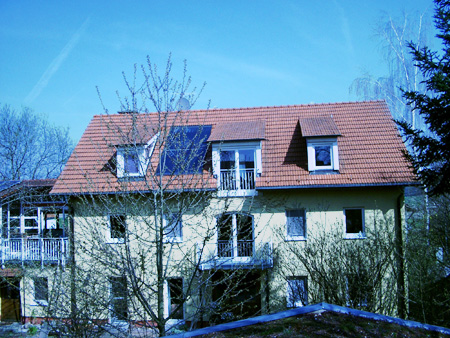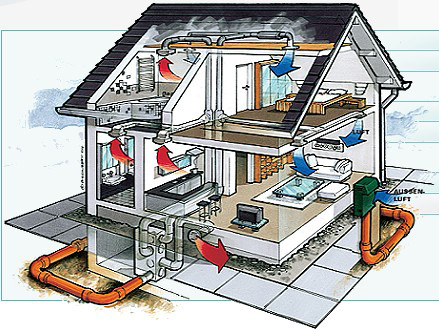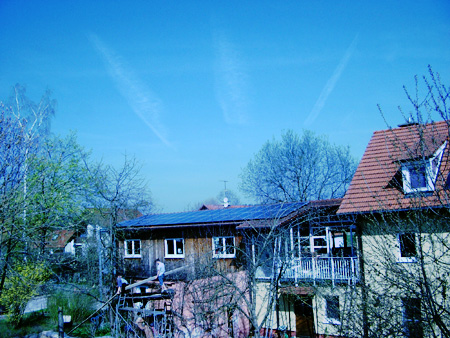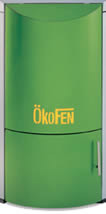|
|||||||||||||||||||||||||||||||||||||
|
|
Low Energy House | ||||||||||||||||||||||||||||||||||||
|
ZERO EMISSION BUILDING - FROM NORTH TO SOUTH
Content 1. Principles 2. To use energy in the best way - from a 25 l to a 5 l house, exampel „Halsbach“ 3. From north to south 4. The Plushouse From a 25 l to a 5 l - house A reconstruction from a normal house to a “Zero Emission Building” (in this case, zero emission means without any CO2) We are wasting energy on heating in the northern regions of Europe. New buildings are allowed to consume up to 10l oil per m˛ per year, but we could construct buildings which only consume 2l per m˛/a. The following example shows a house which was reconstructed in 1995. Even at that time it was possible to change it from a 25l- to a 10l-House- a “low energy house”. Now, in 2006, we reduce all houses´ emissions to 3-5 l/m2/a The oil heating in the example house was replaced with a wood pellet burner in 2005. A solar panel was installed on the roof of the outbuilding which produces the amount of energy that is required for the house over a year. This means that the whole energy supply of the house comes from renewable sources. Before reconstruction, the energy consumption for the heating of the building (with an area of 300m2) was: 300m˛ x 25l (250kW/m˛) = 75,000kWh/a (= 7.500 l Oil) Post-reconstruction, the consumption for heating is: 300 m˛ x 10 l (100 kWh/m˛) = 30,000 kWh/a (using wood pellets (ca. 6 t).) The wattage for a 5 head family (about 5,000 kWh) is produced by the sun. Theoretically therefore, the house is now no longer causing CO2 emissions (Zero Emissions).  The house with the solar installation for hot water
The house with the solar installation for hot water
 The conrollled aeration with its hard, the heat recovery
The conrollled aeration with its hard, the heat recovery
 Photovoltaics-panel for power generation, 5 Uwp
Photovoltaics-panel for power generation, 5 Uwp
 The Pellet Boiler
The Pellet Boiler
Please download the following files: Low Energy House german 1 Low Energy House german 2 Low Energy House german 3 Low Energy House german 4 Low Energy House english 1 Low Energy House english 2 Low Energy House english 3 Low Energy House english 4 Zero Emission Building in the North and in the South
|
|
|||||||||||||||||||||||||||||||||||


